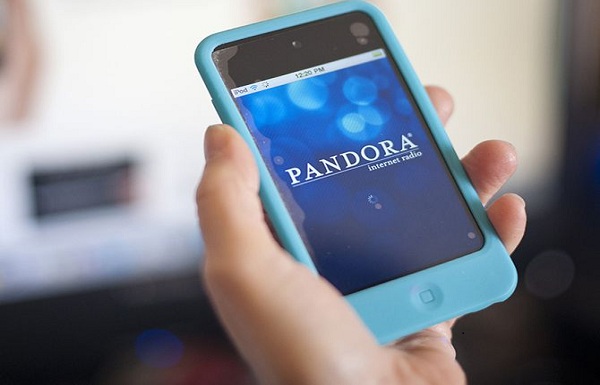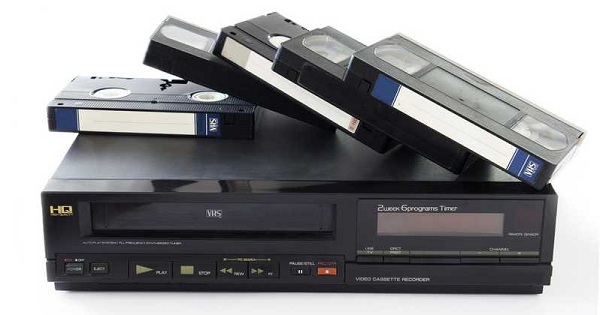Troubleshoot Windows 10 Does Not Connect to Wi-Fi Automatically
Windows 10, despite being the fastest and most efficient Windows
of all time, is not performing well with respect to the wireless network
connection. Several users reported that their Windows 10 is system does not
connect with Wi-Fi automatically. The problem is not a huge one, but still,
Wi-Fi connectivity is essential these days. The issue could worsen when the OS
is an older Windows version. The old files become useless and the system
requires new ones.
There could be various reasons like damaged or corrupted files,
Windows is not installed correctly, etc resulting in the Wi-Fi problem.
Fortunately, there are methods to troubleshoot the problem using the inbuilt
tools of Windows 10. Microsoft provides inbuilt tools to its users for
convenience. If you are also facing the Wi-Fi connectivity issue in your
Windows 10, then follow the guide regarding some of the inbuilt tools to
resolve the problem and make Windows 10 to connect with Wi-Fi automatically.
How to solve
the Wi-Fi does not connect automatically error
Try using Network Troubleshooter
Since the problem is relating to connectivity, Windows Network
troubleshooter is a tool to use first. The network troubleshooter will detect
problems and fix them immediately.
- Open the Start menu
and type Troubleshoot.
- Click to open Internet Connections.
- Now select Run the
troubleshooter.
- You will be prompted to
select an option.
- Click to select Troubleshoot my connection to the Internet.
- The program will begin
to scan for the error.
System File Checker Scan
System filer checker will perform a full system scan to check
damaged files. Once detected, SFC will repair the files automatically.
- Press Windows
key + S
- Now, type cmd to
open the command prompt from Windows search.
- Type sfc/
scannow in the command prompt.
- Now, press Enter.
- The scan will begin and
repair the files altogether.
- Now reboot your
system.
Perform Chkdsk Scans
To perform a disk scan, you have to refer command prompt again.
- Open Command Prompt and
type chkdsk /f/r/x and press the Enter
- Once the process is
done, you will be prompted to restart the system.
- Now, close the
command prompt window and reboot your system.
Install Network Drivers
If a file is corrupted in Drivers, it will restrict the network
and give rise to connectivity issues. To attempt a troubleshoot-
- Open Control Panel and
click View By from the right window.
- Select Small icons to
sort the options.
- Now, find and click to
open Device Manager.
- Click the Network Adapters and
go to Wi-Fi device.
- Right-click on Wi-Fi device
and click Update Driver.
- Select Search automatically
for updated software.
- Wait for the
installation of new drivers.
- Now, reboot your
computer system.
Reinstall Network Drivers
If the updated drivers didn’t work as well, then you must
reinstall them.
- Again, go to the Device Manager and
navigate to your Wi-Fi adapter.
- Select Uninstall the
device. Click Uninstall to confirm.
- Go to the Device
Manager and select the Scan for hardware changes
option.
- The system will
automatically scan and install the drivers.
Remove Fast Startup
Fast Startup is a useful feature in Windows 10, but sometimes it
also creates the issues which include the blank startup problems and Wi-Fi
related problems.
- Open the Control Panel.
- Go to Prowers
Options.
- Now, go to the left
panel of the window and click on Choose what the power
buttons do.
- Click to open the Change
settings that are currently unavailable link.
- Uncheck Turn on
fast startup (recommended)
- Now click Save
Changes.
By following the methods mentioned above, troubleshooting the
problem will be more comfortable. Windows always provide its own inbuilt tools
which you can use to solve the problem in your system.
Joey Williams is a Microsoft
Office expert and has been working in the technical industry since 2002. As a
technical expert, Robert has written technical blogs, manuals, white papers,
and reviews for many websites such as office.com/setup




Comments
Post a Comment